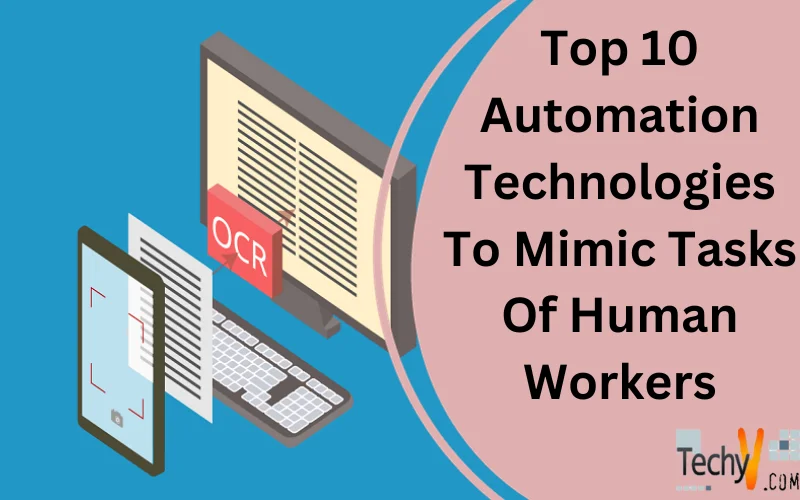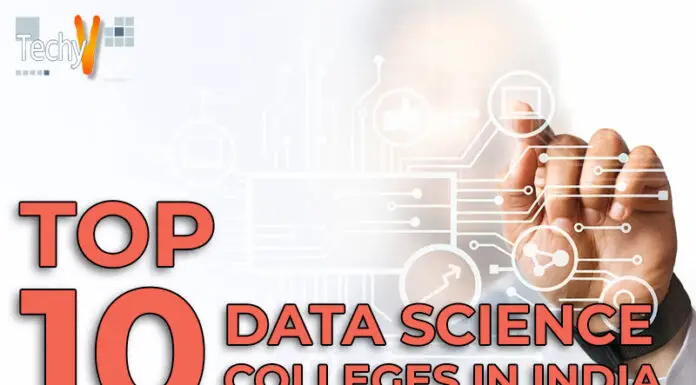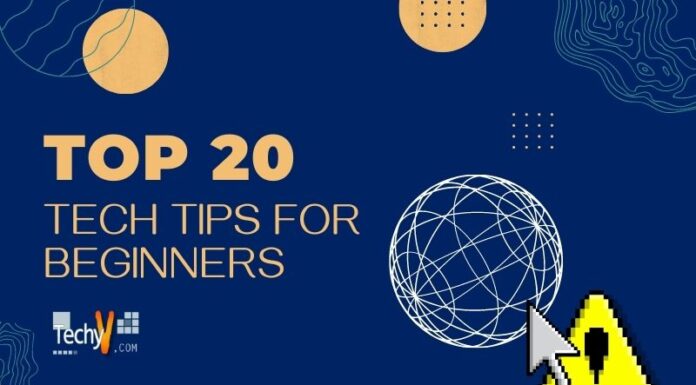We use technology to accomplish our tasks efficiently and more brilliantly. Intelligent automation technologies empower most of these ingenious approaches, They possess the same capabilities as human intelligence. Multidisciplinary domains have employed Intelligent Automation, including health, education, finance, automobiles, etc.; automation will relieve you from work pressure and facilitate multitasking. They improve the work environment by aiding time management and supporting the strategic needs of the organization.
1. Artificial Intelligence & Machine Learning
Artificial intelligence (AI) is a discipline of Computer Science considered the backbone of Intelligent technologies that mimic human behavior. This tech takes human brain intelligence as a reference and designs algorithms to make devices understand. AI improvises itself by user queries, predicts, and develops through various learning sets provided. Machine Learning(ML) is a subdomain of Artificial intelligence (AI) that allows machines to learn independently from data and past experiences, and based on past experiences, they derive conclusions.
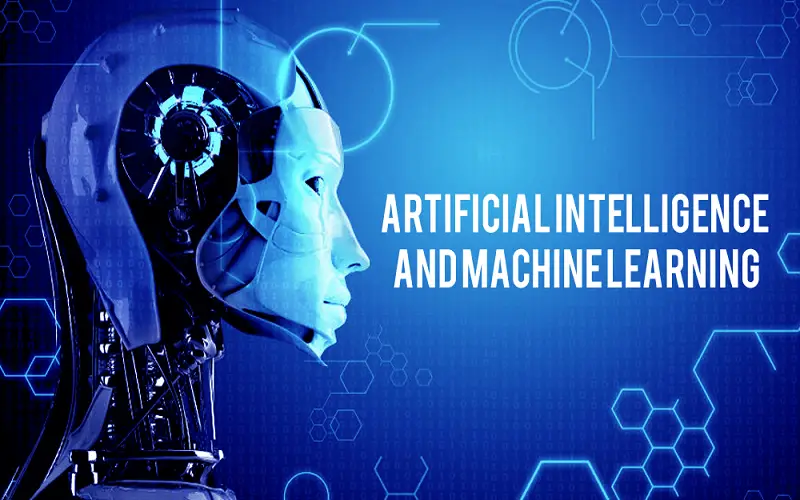
2. Natural Language Processing (NLP)
Natural Language Processing (NLP) is a part of computer science domain dealing with domains such as artificial intelligence (AI) and linguistics. Humans can understand languages like English, French, Hindi, Tamil, Telugu, and many more. NLP provides computers with the ability to understand human language, understand and give appropriate responses. In the present market of Intelligent Automation, NLP ranks higher for its higher demand. Real-time examples of NLP are Amazon Alexa, Google Virtual Assistant, Chatbots utilized in websites, etc.
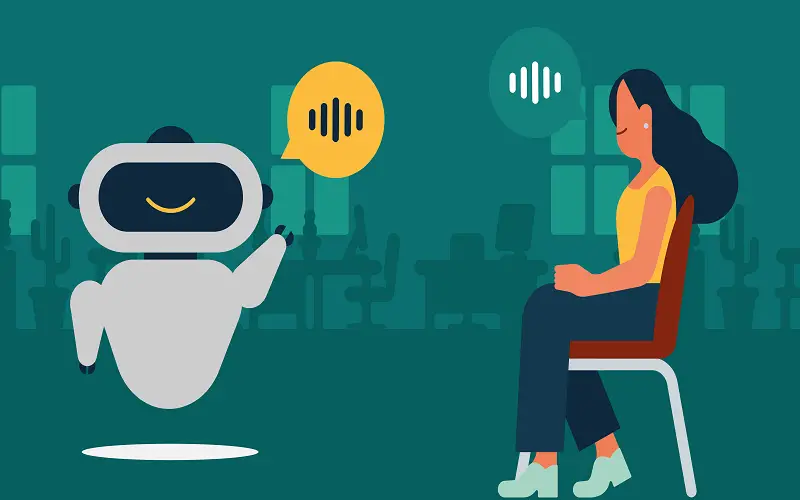
3. Computer Vision
Computer Vision is a computer science domain using Machine Learning (ML) models with Deep Learning (DL) and Convolutional Neural Networks (CNN) techniques. The main motto of Computer Vision is to understand digitalized images, i.e., pixel-based, classify the information and generate appropriate responses. You can analyze an abundance of inputs in a few minutes and can detect indifferent objects for a short while. Real-time examples of this Smart tech are Facial Recognition in our Smartphones, Self-driving Vehicles, Virus detection, etc.
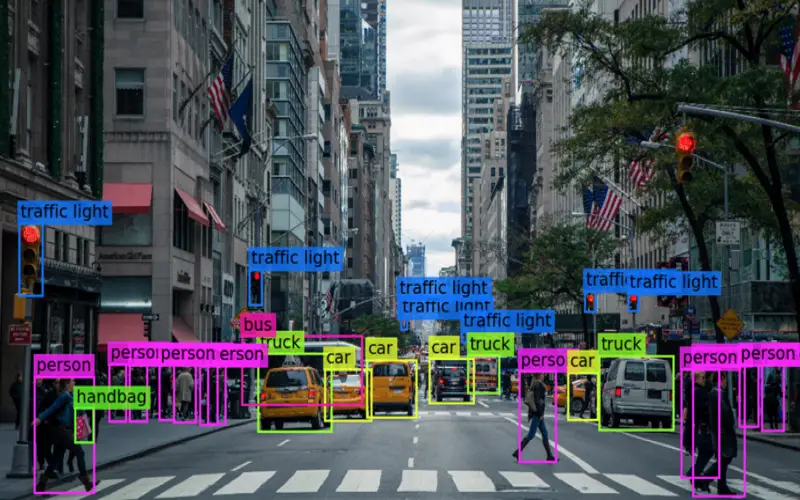
4. Optical Character Recognition(OCR)
Optical Character Recognition (OCR) detects text within a digital image. Text, either human handwriting or printed text, is identified and converted to machine–understandable text. It provides meaningful information after taking encoding information as input. OCR minimizes manual data entry with improved efficiency and facilitates versatile file management. OCR enables users who face difficulty in reading.
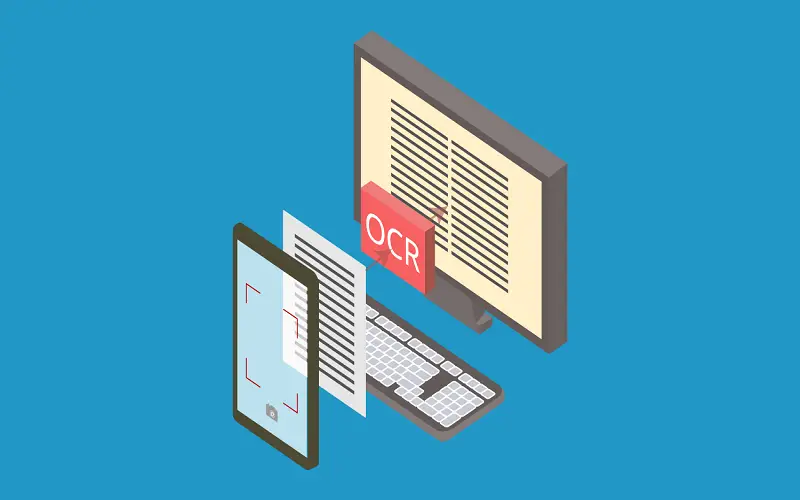
5. Robotic Process Automation(RPA)
Robotic Process Automation (RPA) is an emerging field of Artificial Intelligence (AI) employing Machine Learning (ML) algorithms, with the potential to manage high-volume, repetitive tasks that were once performed by humans. It is a software bot that mimics human worker tasks like querying, data entry, calculation, maintaining records, responding to relevant queries, etc. enabling organizations to implement changes without altering their existing systems. RPA streamlines rule-based, routine processes, helping humans focus on strategic matters. The prominent players in the RPA market are UiPath, Blue Prism, and Automation Anywhere.
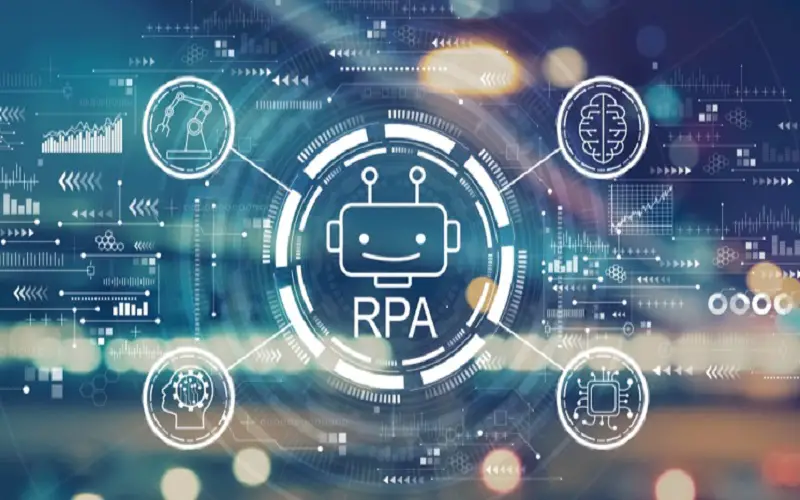
6. Cognitive Automation
Cognitive automation is software that observes the situation and behaves accordingly for automation. Users can know how to automate tasks. This software can handle complex tasks involving unstructured data such as images, videos, PDFs, etc. It is part of intelligent automation with analytical domains like Natural Language Processing (NLP), semantic technology, data mining, and machine learning to address challenging tasks. The primary function of this automation is to serve as the brain of robotic automation. Cognitive automation depends on human responses to queries when they cannot comprehend on their own and analyze their past experiences to find correct solutions.
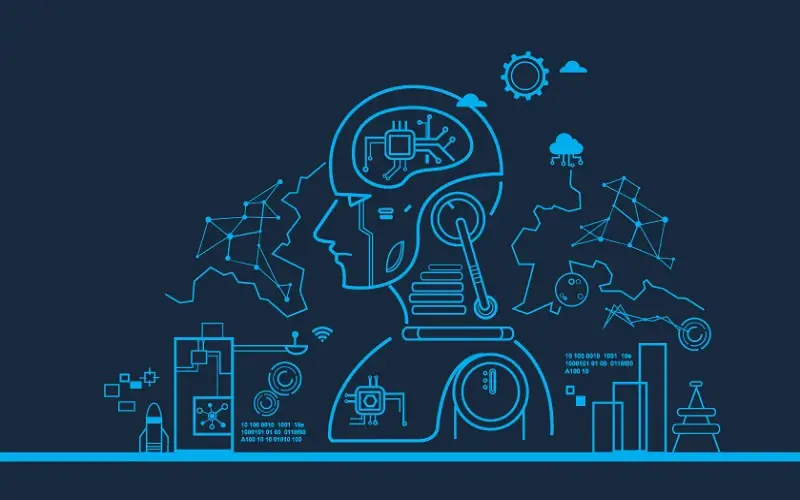
7. Process Intelligence
Process intelligence is the method employed in Business Intelligence Analytics for gathering data in an ordered form for analyzing the specific stages within a Process workflow. It integrates Data Analytics with data mining to improve business processes. The main objective is to focus on the drawbacks of process development measurably.

8. No Code / Low Code Development Platforms
You can create your application or website even if you have zero – coding experience or if you are someone who is a newbie coder. No-code / low–code platforms provide drag-and-drop interfaces with no Command line interfaces, allowing users to design their sites. Numerous no-code platforms exist, like Appian, Microsoft PowerApps, Salesforce Lightning, etc.
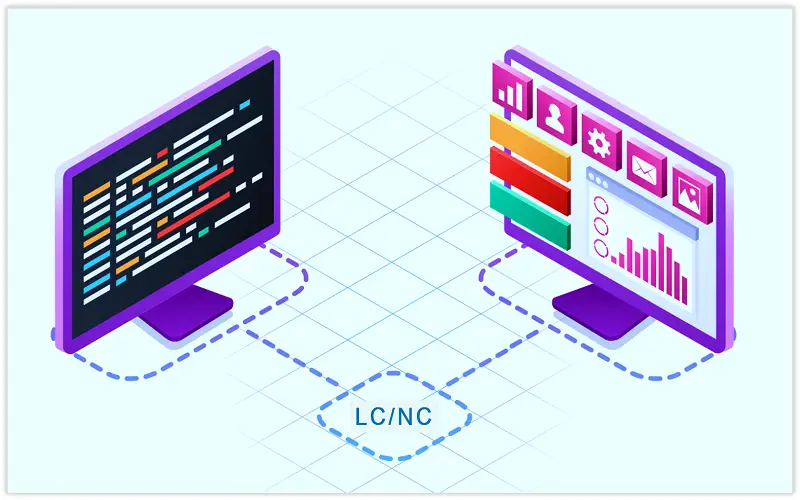
9. Collaborative Robots
Collaborative Robots, commonly known as Cobots, cooperate with humans and provide support in their working environment. These robots can perform repetitive human tasks and enhance the flexibility of functions. This technology incorporates Human Senses with the help of Electronic Sensors to sense and perform specific actions. Most importantly, they can perform in circumstances where it is difficult for ordinary living beings to work, at deep-dug mines where the reach of humans is merely difficult. They support humans with time for creative or strategic thinking with enhanced flexibility. Most notably, We utilize them for Industrial applications such as manufacturing, inspection, and in the medical stream for surgeries.
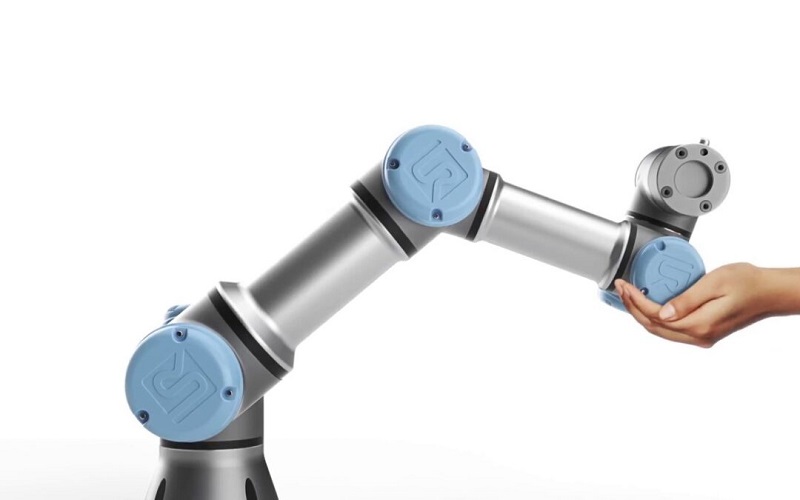
10. Semantic Software Systems
Semantics means the study of grammatical expressions. In the Computer world, semantic technologies draw basic knowledge by connecting different data streams to conclusions. The final solution obtained helps the machine understand. You can improve process workflows with the prediction of certain events.




